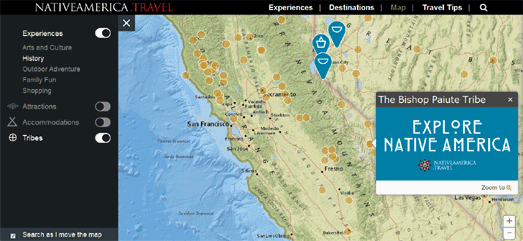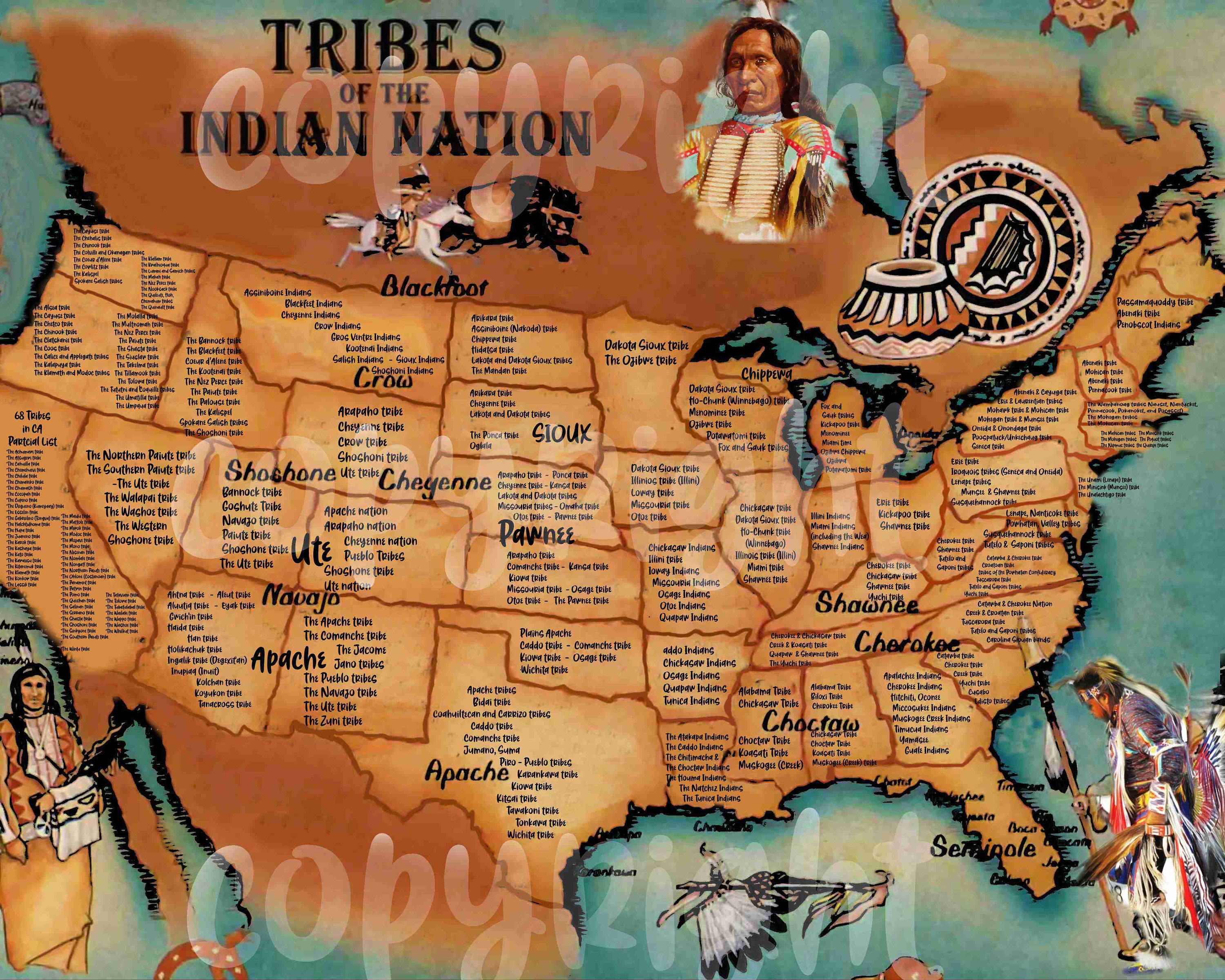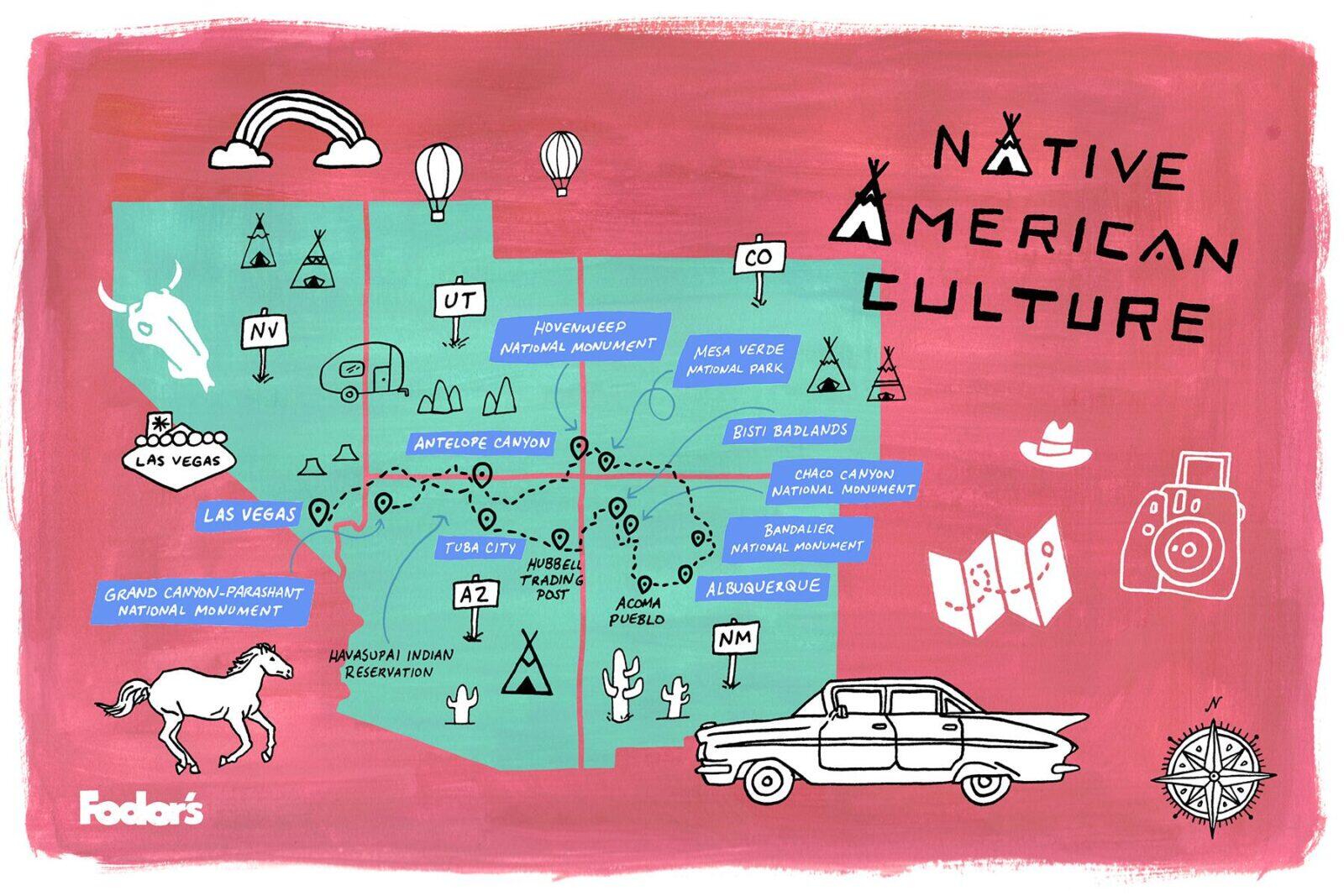
Beyond the Borders: Navigating Native American Tourism Destinations Through History and Identity
Forget conventional maps that delineate states and national parks. To truly explore Native American tourism destinations is to embark on a journey across a living, breathing tapestry of ancestral lands, sovereign nations, and enduring cultures. This isn’t just about visiting a site; it’s about stepping into millennia of history, understanding profound identities, and engaging with the vibrant present of America’s first peoples. This article delves into the unique "map" of Native American tourism, explaining its historical depth, the resilience of identity, and the transformative experiences awaiting responsible travelers.
The "Map" Redefined: Ancestral Lands, Sovereignty, and Resilience
The traditional map of the United States often glosses over the complex geographic and political realities of Native American nations. What we perceive as open land or federal property often sits atop ancestral domains, sacred sites, and treaty-defined territories. A map of Native American tourism destinations isn’t just a guide to specific attractions; it’s an overlay revealing layers of history, displacement, and remarkable survival.

At its core, this map highlights the lands of over 574 federally recognized tribes, each a sovereign nation with its own government, laws, and cultural practices. These are not merely reservations – a term often loaded with negative connotations – but homelands, vibrant communities, and centers of cultural revitalization. Understanding this sovereignty is paramount to appreciating any Native American destination. When you visit a tribal land, you are visiting a nation, not just a state park or a historical monument. This distinction profoundly shapes the travel experience, emphasizing respect, education, and direct engagement with tribal communities.
The very existence of these destinations on a modern map is a testament to extraordinary resilience. From the catastrophic impacts of European colonization, forced removals like the Trail of Tears, the devastating boarding school era, and continuous struggles for self-determination, Native nations have not only endured but have actively preserved and revitalized their languages, ceremonies, and ways of life. Tourism, when developed and managed by tribal communities, offers a pathway for economic self-sufficiency, cultural preservation, and the sharing of their rich heritage on their own terms.
Historical Foundations: A Journey Through Time
To understand Native American tourism destinations, one must grasp the profound historical context that shapes every site, every story, and every interaction.

Pre-Columbian Grandeur: Before 1492, North America was a continent teeming with diverse, sophisticated civilizations. From the monumental earthworks of the Cahokia Mounds (Illinois) built by the Mississippian culture, to the intricate cliff dwellings of the Ancestral Puebloans in Mesa Verde (Colorado), and the vast trade networks of the Iroquois Confederacy in the Northeast, these societies developed complex agricultural systems, elaborate spiritual beliefs, democratic political structures, and advanced artistic expressions. Many tourism destinations today offer glimpses into this rich pre-contact history, showcasing archaeological sites, reconstructed villages, and oral traditions that recount these foundational eras.
The Cataclysm of Contact and Colonization: The arrival of Europeans ushered in an era of unprecedented change, marked by disease, conflict, and land dispossession. Treaties, often broken, were signed, leading to massive land cessions. The 19th century saw the most devastating policies, including the Indian Removal Act, which forcibly relocated eastern tribes to Indian Territory (present-day Oklahoma), and the Indian Wars, which further decimated populations and confined tribes to reservations. Sites like the Cherokee Nation’s museums in Oklahoma or the many memorials along the Trail of Tears national historic trail offer somber, yet crucial, educational experiences about these dark chapters.
Resilience and Rebirth: Despite immense pressure, Native American identity and culture persisted. The 20th century saw a slow but significant shift towards self-determination, culminating in the Indian Reorganization Act of 1934, which aimed to restore tribal self-government, and later acts like the Indian Self-Determination and Education Assistance Act of 1975, which empowered tribes to manage their own programs and services. Today, many tourism initiatives are direct outcomes of this self-determination, allowing tribes to control their narratives, share their traditions authentically, and build sustainable economies. When you visit a tribal cultural center, you are witnessing the fruits of generations of struggle and triumph.
Identity: The Heart of the Experience

The unparalleled richness of Native American tourism lies in its deep connection to identity – an identity rooted in language, ceremony, traditional knowledge, and an unbreakable bond with the land.
Language as a Lifeline: Over 150 indigenous languages are still spoken in North America, each a unique window into a worldview. Many tribes are actively engaged in language revitalization programs, recognizing language as a carrier of culture, history, and spiritual understanding. Visitors to destinations like the Navajo Nation may encounter the Navajo language (Diné Bizaad) in signage and daily conversation, offering a tangible link to an ancient tongue. Learning a few basic phrases, like "Ya’at’eeh" (hello) in Navajo, is a gesture of profound respect.
Ceremony and Spirituality: Native American spiritual practices are deeply intertwined with the natural world and community well-being. While many ceremonies are private and not open to outsiders, cultural centers and events like powwows often offer respectful introductions to aspects of spiritual life through dance, song, and storytelling. These are not performances in the Western sense, but expressions of identity, prayer, and community cohesion. Understanding the sacredness of certain sites, such as the Black Hills to the Lakota, is crucial for respectful visitation.
Traditional Arts and Crafts: From the intricate pottery of the Pueblo peoples, the elaborate weaving of the Navajo, the detailed beadwork of the Plains tribes, to the stunning totem poles of the Pacific Northwest, Native American art is a living tradition. Visiting tribal artisan markets or cultural centers provides opportunities to purchase authentic, handcrafted items directly from the artists, supporting their livelihoods and preserving ancient techniques. Each piece often tells a story, carrying cultural significance and ancestral knowledge.
Connection to the Land: For Native Americans, the land is not merely property; it is a relative, a provider, and a spiritual guide. This deep connection is reflected in traditional ecological knowledge, sustainable practices, and reverence for sacred sites. Many tourism experiences, such as guided hikes through national parks that were once tribal lands, offer insights into this profound relationship, often led by tribal members who share their ancestral knowledge of flora, fauna, and geology.
Navigating the Map: Key Tourism Destinations and Experiences

The "map" of Native American tourism is vast and varied, reflecting the immense diversity of cultures across the continent. Here are just a few examples of transformative destinations:
The Southwest: Ancient Pueblos and Vast Deserts
The American Southwest is a cornerstone of Native American tourism, home to the Navajo Nation, the Hopi Tribe, and numerous Pueblo communities.
- Navajo Nation (Arizona, Utah, New Mexico): The largest tribal land in the U.S., the Navajo Nation offers breathtaking landscapes like Monument Valley, Canyon de Chelly National Monument (where you can hire a Navajo guide to explore ancient cliff dwellings), and the Chaco Culture National Historical Park (Ancestral Puebloan site). Visitors can experience authentic Navajo culture through hogan stays, traditional meals, weaving demonstrations, and learning about the Diné language and history. The Navajo Code Talkers Museum is a powerful tribute to WWII heroes.
- Pueblo Communities (New Mexico): The 19 Pueblo tribes of New Mexico, including Taos Pueblo (a UNESCO World Heritage Site with multi-story adobe buildings inhabited for over 1,000 years) and Acoma Sky City (the oldest continuously inhabited settlement in North America), offer unparalleled insights into ancient architecture, vibrant arts (pottery, jewelry), and ceremonial life (some dances are public, check ahead). The Indian Pueblo Cultural Center in Albuquerque is an excellent starting point to learn about all 19 pueblos.
The Plains: Buffalo, Powwows, and Spiritual Homelands
The Great Plains are the ancestral lands of tribes like the Lakota, Sioux, Cheyenne, and Arapaho, whose cultures are often associated with buffalo hunting and equestrian skills.
- Lakota/Sioux Homelands (South Dakota): The Pine Ridge Indian Reservation offers a poignant historical journey, including the Wounded Knee Memorial. The Black Hills, considered sacred by the Lakota, are home to significant sites. Travelers can experience Lakota culture through powwows (public gatherings featuring drumming, singing, and dancing), visits to cultural centers, and interactions with artists. The Crazy Horse Memorial, though controversial in its origins, is a massive mountain carving honoring the Lakota leader.
The Southeast: Resurgence and Remembrance
The southeastern United States is the ancestral home of the Cherokee, Choctaw, Chickasaw, Creek, and Seminole nations.
- Cherokee Nation (Oklahoma and North Carolina): The Cherokee Nation in Oklahoma offers the Cherokee Heritage Center, which includes the Diligwa 1710 Cherokee Village (a living history exhibit) and the Adams Corner Rural Village (depicting late 19th-century Cherokee life). In North Carolina, the Eastern Band of Cherokee Indians operates the Oconaluftee Indian Village and the Museum of the Cherokee Indian, both offering immersive experiences into Cherokee history, art, and traditional life. The Trail of Tears National Historic Trail winds through multiple states, marking the forced removal routes.
The Northeast: Confederacies and Longhouses
The Northeast is home to the Iroquois (Haudenosaunee) Confederacy, a powerful political and cultural entity.
- Ganondagan State Historic Site (New York): This site preserves the historic Seneca town of Ganondagan, offering reconstructed longhouses, trails, and a cultural center that interprets the history and culture of the Seneca people, a member of the Haudenosaunee Confederacy. It’s an excellent place to learn about their democratic principles, agricultural practices, and enduring legacy.
The Pacific Northwest: Salmon, Canoes, and Totem Poles
Coastal tribes of the Pacific Northwest, like the Kwakwakaʼwakw, Haida, and Tlingit, are renowned for their intricate art, cedar longhouses, and deep connection to the ocean.
- Kwakiutl First Nation (British Columbia, Canada, accessible from US): While many iconic sites are in Canada, their influence extends to the US. Travelers can experience the rich culture through visits to tribal museums, viewing impressive totem poles, and learning about canoe carving and salmon fishing traditions. The Burke Museum of Natural History and Culture in Seattle has a significant collection of Pacific Northwest Native art and artifacts.
Responsible and Respectful Travel: A Call to Action
Engaging with Native American tourism destinations requires a commitment to responsible and respectful travel. This is not merely about being polite; it’s about understanding the unique context of visiting sovereign nations and living cultures.
- Seek Permission and Guidance: Always check tribal websites or visitor centers for specific rules, customs, and any areas that may be off-limits. Some sacred sites are not open to the public.
- Support Tribal Economies: Purchase arts, crafts, and services directly from tribal enterprises or certified Native artists. This ensures that your money directly benefits the community and helps sustain cultural practices. Avoid purchasing "fake" Native American crafts made by non-Natives.
- Respect Sacred Sites and Cultural Practices: Treat all land with reverence. Do not climb on ancient ruins, remove artifacts, or disturb natural settings. If you are invited to a public ceremony or powwow, observe quietly, follow directions, and ask permission before taking photos.
- Educate Yourself: Learn about the specific tribe you are visiting beforehand. Understand their history, current issues, and cultural nuances. This shows genuine interest and enhances your experience.
- Ask Thoughtful Questions: Engage with tribal members respectfully. Be open to learning and challenging your own assumptions. Remember that not all Native Americans are monolithic; each tribe has distinct traditions.
- Be a Guest, Not a Spectator: Approach the experience with humility and a desire to learn, rather than simply to be entertained. These are living communities, not theme parks.
Conclusion: A Living Map of Discovery
The map of Native American tourism destinations is far more than a geographical guide; it is an invitation to explore a profound historical narrative, witness the enduring strength of identity, and engage with vibrant, living cultures. From the ancient cliff dwellings of the Southwest to the ceremonial grounds of the Plains and the longhouses of the Northeast, each destination offers a unique lens into the diverse tapestry of America’s first peoples. By traveling with respect, curiosity, and a commitment to responsible engagement, visitors can embark on a truly transformative journey – one that not only enriches their understanding of history but also fosters a deeper appreciation for the resilience, wisdom, and continued vitality of Native American nations. It is a map that continues to unfold, revealing stories that deserve to be heard, understood, and honored.


